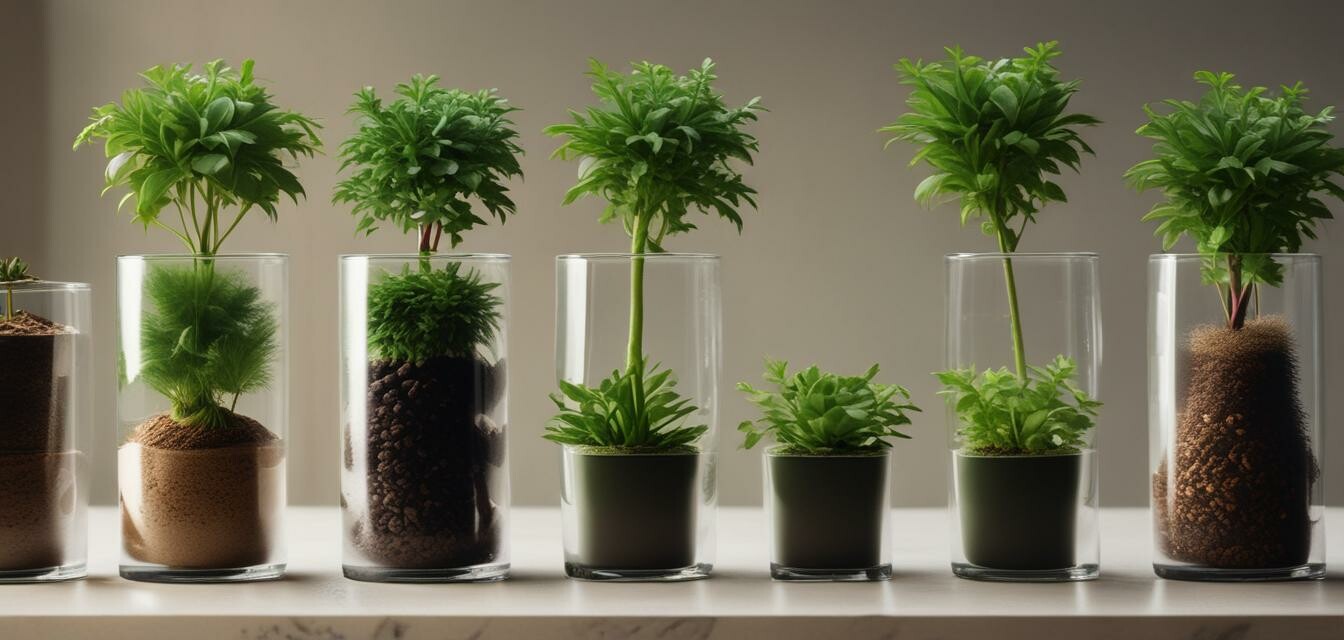
The Importance of Soil Choice for Houseplants
- Soil composition directly affects houseplant growth and health.
- Choosing the right soil for specific plant types is crucial.
- Understanding soil drainage, aeration, and nutrients will lead to healthier plants.
- Regularly testing and refreshing soil can enhance plant wellness.
Houseplants are a wonderful addition to any home, but their health and vitality heavily depend on one critical factor: soil. The right soil choice can significantly influence how well your houseplants grow, how often you need to water them, and their overall health. In this article, we will dive into the importance of soil choice for your houseplants and provide guidance on selecting the best soil for your specific plant needs.
Understanding Soil Components
Soil is not just dirt; it comprises various components that contribute to its overall quality. Here are the fundamental components:
| Component | Description |
|---|---|
| Minerals | Provide essential nutrients; include sand, silt, and clay. |
| Organic Matter | Composed of decomposed plants and animals, enriching the soil. |
| Air | Necessary for root respiration; should be present in soil spaces. |
| Water | Carries nutrients to plants and helps maintain proper moisture levels. |
Types of Soil for Houseplants
Different plants have varying needs in terms of soil type. Below are some common types of soil ideal for houseplants:
- Potting Soil: Versatile and most commonly used for potting houseplants.
- Cactus Mix: Contains sand and perlite for excellent drainage, perfect for succulents.
- Orchid Mix: Composed of bark, charcoal, and perlite, suitable for orchids requiring excellent airflow.
- Seed Starting Mix: Fine texture ideal for germinating seeds and young plants.
Choosing the Right Soil for Your Houseplants
When selecting soil, consider the following factors:
- Plant Type: Different plants thrive in different soil types. For instance, flowering indoor plants require soil with good moisture retention.
- Drainage Needs: Many plants prefer well-draining soil to avoid root rot—consider adding perlite or vermiculite for improved drainage.
- Nutrient Requirements: Some plants need nutrient-rich soils, while others thrive in more sterile conditions.
Signs of Poor Soil Choice
Understanding the implications of bad soil is crucial. Here are signs that your houseplant might be suffering from poor soil choice:
| Symptom | Likely Cause |
|---|---|
| Yellowing Leaves | Overwatering or poor drainage, likely due to heavy soil. |
| Wilting | Soil dries out quickly, indicating insufficient moisture retention. |
| Stunted Growth | Poor nutrient availability, often due to depleted soil. |
| Mold Growth | Excessive moisture retention from inappropriate soil. |
Maintaining Soil Health
Regular maintenance is vital to ensure that your houseplant receives the best possible care. Here are some tips to maintain the health of your plant’s soil:
Tips for Beginners
- Repot your houseplants every year or two to refresh the soil.
- Test soil pH to ensure it meets your plant's needs.
- Add compost to enrich the soil without affecting drainage.
- Consider using a soil moisture meter to prevent overwatering.
Conclusion
The foundation of a thriving indoor garden begins with the soil. By understanding the various soil components, types needed for specific plants, and the importance of maintaining soil health, you will set the stage for lush, healthy houseplants. Take the time to choose the right soil, and your plants will undoubtedly flourish.
Explore More on Houseplant Care
For more tips and insights, check out our related articles:

